Trading is risky. When trading Forex, risk has a name: leverage. The leverage ratio defines the risk based on a predetermined leverage formula. Traders looking for what is margin account in Forex must understand the risk definition of a margin account.
Money was always difficult to handle. Lack of it leads to efforts to have some more.
Too much money leads to inappropriate behavior on a personal level. When investing, scalability is an issue.
As such, managing money is a valuable job today. Talented money managers have skills that matter more than a trade setup.
Knowing where to let go, or when to insist on a trade are just a couple of traits. How to avoid the emotional rollercoaster is another.
A Forex trader must be, above all, a good money manager. And, it all starts with understanding how to use a trading account.
A Forex margin account has specific characteristics. Things like the leverage ratio, leverage formula, what is margin account…are key to managing risk.
This article deals with understanding the risk component when trading Forex. It will cover aspects related to:
- What is margin account
- What is leverage in Forex
- How to calculate leverage
- How to avoid a margin call
- What are the traits of a good money manager
The topics above are only some of the ones that we’ll touch here. Managing an investment or a Forex portfolio is more than that.
Leverage investment bears more risk than other investment types. Therefore, this article is the pillar of understanding leverage in forex.
Everything starts from the Forex trading account…
Explaining a Margin Account
A Forex trading account is a margin account. Every transaction in an account needs a margin.
If you want, the margin is a collateral for the open trade. The broker needs to make sure you can cover your losses.
Because of that, handling the used margin is tricky. Too much of it may lead to a margin call.
This happens when too many positions are opened. Moreover, the market moves against the desired direction.
On the other hand, when looking for leverage meaning, this is nothing but a byproduct of margin. Leverage in finance means to have the ability to move larger trade sizes.
That was/still is a problem when trading Forex. Retail traders can access the interbank market only through leverage trading.
A margin account has a leverage ratio that defines the risk. Moreover, there’s a leverage formula that traders can use to find the proper risk.
Unfortunately, few know the leverage definition. Moreover, how to use it properly.
Traders looking for what is margin in Forex must consider several things. Firstly, the margin needed for a trade is predetermined.
It means it depends on the total volume traded. More exactly, on the total volume the open positions have.
The volume can belong to one single position. Or, to multiple trades. That’s irrelevant.
What matters is that volume is directly related to the margin blocked. For the broker effectively blocks a margin as a collateral for the open positions.
Secondly, to meet the margin, traders must have sufficient margin in the Forex margin account. That is done via funding the account. Or, meeting the margin with profitable open positions.
The more your positions gain, the more the free margin Forex level increases. However, the opposite is true as well.
What Is Margin Account – Practical Example
The more your positions lose, the more squeezed the trader will be. Eventually, if no position closed in time, the margin Forex brokers allow shrinks to zero.
Here’s a practical example. A trading account has the following elements:
- Balance
- Equity
- Margin
- Free margin
- Margin level
These five elements are definitory when looking at what is a margin account. Your leverage ratio depends on their level.
The Balance shows the size of your trading account. If you deposit $5000 in your margin account, your balance shows that amount.
The Equity in a trading account shows the value of the account. The real value based on the open positions.
Before opening any positions, Balance and Equity are the same. The other three elements will show zero.
The moment you open a position, or your start trading, the margin account will automatically calculate the other three positions:
- Margin (the collateral blocked)
- Free margin (how much is still available)
- Margin level (defines the risk – the lower, the better).
Let’s check the example below. The Balance and Equity show different amounts.
![]()
It means there are open trades in the account. The $422.54 shows the margin (collateral) needed for the open trades.
If positions move against the trader, this number will increase. And, will decrease if they’ll go in the right direction.
The Free margin shows the remaining level. This one will increase if the positions move in the trader’s direction. And will decrease otherwise.
The example above tells us the trader has losing positions, but plenty of free margin left. If the free margin reaches zero, the trader will get a margin call Forex.
Until then, the market may turn. Or, if one trade gets stopped, the margin in the trading account changes too.
Forex Margin Explained – It All Starts with Equity
The leverage ratio of a margin account strongly depends on Equity. As mentioned earlier, leverage is in an inverse relation with margin.
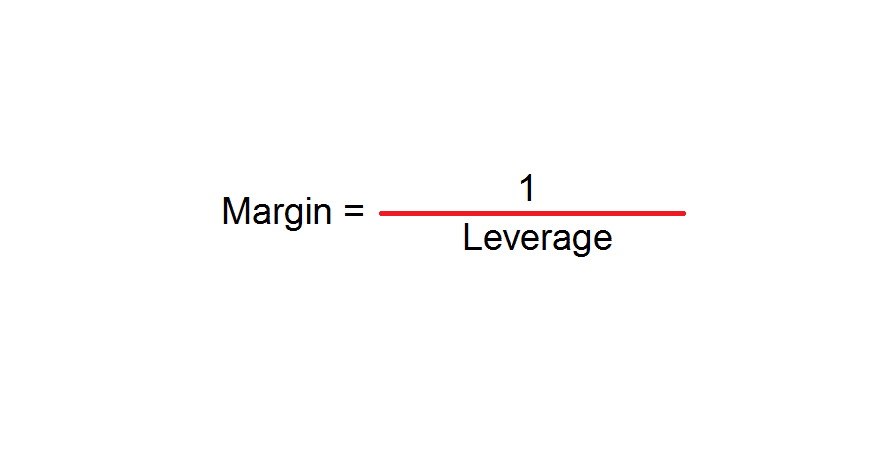
That inverted relationship explains how the leverage ratio formula influences the blocked margin. For example, a margin account with higher leverage requires less margin for the same transaction, when compared with a lower-leveraged account.
However, no matter the leveraged finance strategy, traders must focus on Equity. If they understand Equity, they understand what is margin account trading.
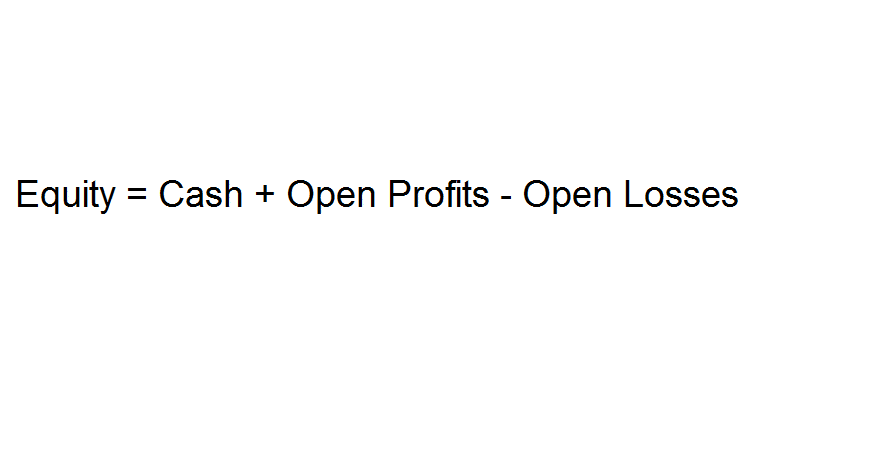
The Equity shows how much margin there’s still available in the trading account. If there’s no open position, it shows the cash level.
If there are open positions, the difference between the ones showing a profit and the ones shows a loss will get deducted from the actual cash position. It will constantly fluctuate until positions get closed, one way or the other.
As you can see, it all depends on Equity. Even if the initial margin call finance strategy results in huge collateral, if Equity rises, the margin will decrease.
After all, it all comes down to trading. If the trades outperform from the start, meeting the margin requirements won’t be a problem.
What is Leverage in Forex – Leverage Ratio Explained
Trading in margin bears enormous risks. But, it also has the potential for huge rewards.
As a rule of thumb, the bigger the leverage is, the smaller the margin blocked for each trade. We explained earlier the inverted relationship that gives the leverage formula.
The true leverage meaning is that it magnifies the risk. But, also the reward.
The leverage ratio in a margin account shows the number of times risk increased. It is typically shown like this:
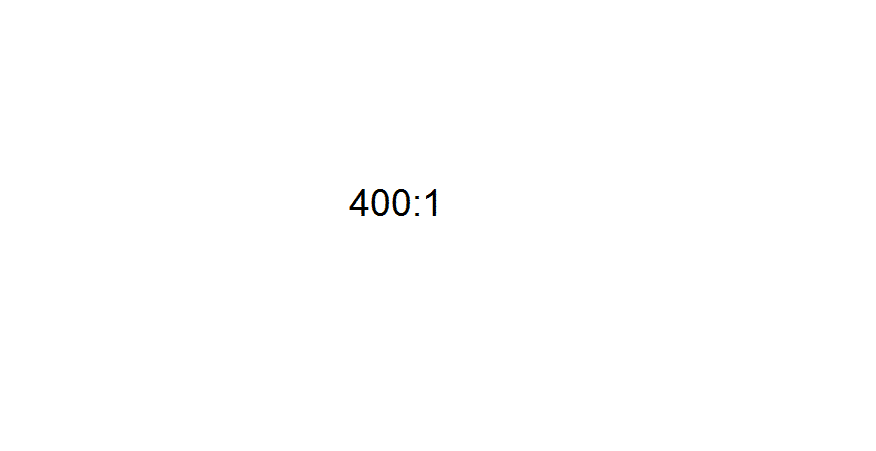
It means that for $1 in the trading account, you’re able to move $400 in the interbank market. That’s something!
A simple understanding of what does leverage mean allows assessing risk. Of course, many Forex brokers advertise huge leverage accounts.
Levels like 1000:1 or even more are the norm. But these are poor regulated ones.
In strong regulated jurisdictions, financial authorities limit the leverage. All in the name of customer protection.
By limiting the leverage ratio, the regulatory bodies limit the risk the customer bears. Because the ultimate aim is to limit losses. Not to multiply income.
As such, a normal leverage ratio level for the Forex market is anywhere between 1:50 and 1:200. In the United States, for example, 1:50 is the norm.
In other parts of the world, like Europe and Australia, traders can use up to 1:400 or even more, depending on the broker. Considering the leverage formula and the risk involved, 1:50 and 1:200 show what is a leverage ratio in the Forex market today.
Applying Leverage Formula on Different Accounts
Leverage gives the ability to control large amounts of money. Or, to control the money you don’t have!
For if a trading account would not use leverage, it will have a 1:1 leverage ratio. That is, for every dollar risked, traders move one dollar in the real market.
Unfortunately, this is too expensive for retail traders. As such, leverage trading appeared.
Most brokers allow for substantial leverage Forex ratios. On the example above, a 400:1 means that with $1000, one could effectively move $400000 in the interbank market.
Or, with $50000, the impact is like moving two million dollars. Now you understand why every newbie in the Forex market wants to use a higher leverage ratio in the margin account.
But that’s not wise. Money management should follow.
The more you limit the leverage ratio, the more you limit the risk. Now, go back to the start of this article!
Managing money is risky. Hence, managing risk is key to successful trading.
Limiting the risk of a trade or trade situation represents the starting point. Understanding leverage and how leverage works is vital.
A margin leverage ratio worth using nowadays looks like below:
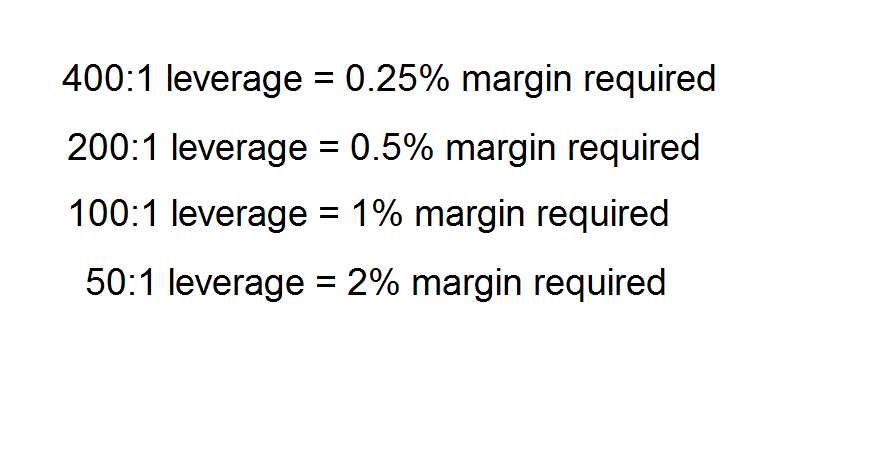
What’s the secret in the table above? A simple leverage analysis shows the inverted relationship between leverage and margin.
The bigger the leverage, the lower the required margin for any given position. And, the bigger the risk.
The lower the leverage, the more margin required as collateral And, the lower the risk.
As such, we can safely say that leverage Forex products equal risky products. If you can handle the risk, you can handle the Forex trading account.
What is Margin Call?
Leverage has its “dirty” secrets. It bears no interest. How come?
When trading Forex, nothing is borrowed from the broker. Merely the arrangements to buy or sell a currency pair. It is like trading futures and not regular stocks.
Therefore, there’s no additional cost to higher leverage ratio. Moreover, it appeals greatly to human nature.
The thing is that Forex trading is tough. Financial markets are tricky.
On nothing at all, the market goes against you, just because some news went out. Or, because some trading algorithms interpreted differently than you.
As such, a proper margin leverage formula that ends with low leverage for the margin account doesn’t appeal to everyone.
Most of the open positions move against the desired direction. Almost always.
So, traders don’t like to see their margin level shrinking too fast. Because a higher leverage ratio doesn’t cost anything extra, why not using it?
After all, what is margin account if you can’t use all the margin the broker can give you? Well, the answer comes from the way you manage risk. Again.
FOMO – Key to Margin Call Definition
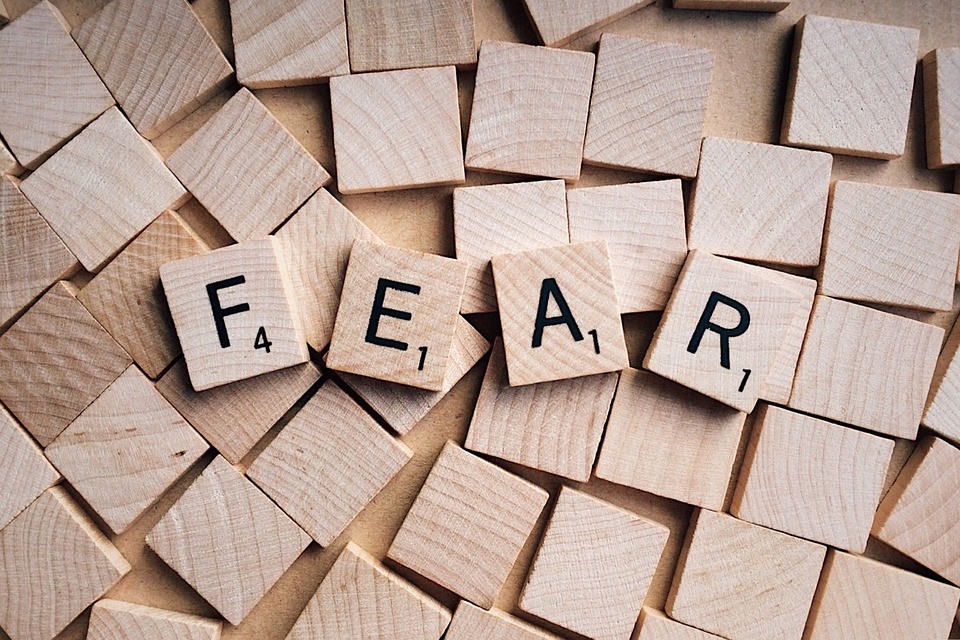
FOMO comes from Fear of Missing Out. That’s why traders prefer a high leverage ratio margin account.
This happens for several reasons. Firstly, if one understands what is margin Forex, he/she will look to have the most of it.
But, this comes only with high leverage. Or, high risk.
Secondly, FOMO refers to the fear of losing a trade. THE trade.
Wouldn’t be ironic to lose the trade you hunt for a month, only because you didn’t know what is margin account?
Or, to miss it simply because there was no margin left in the margin account? In trading, FOMO stands for greed.
Where’s the fear in this case? The fear is to avoid a margin call from your broker.
Margin Call Definition
When the Equity in a trading account is bigger than the Margin used, traders won’t get a margin call.
If you want, a margin call finance manager refers to it a wake-up call you were wrong. But, in Forex trading, you’re your own finance manager.
Managing the margin finance in a margin account is solely up to you. The trader.
Your job is to avoid Equity to become smaller than the used margin. When this happens, a margin call gets triggered.
The margin call is directly dependent on the leverage ratio and the resulting leverage formula.
It is not wise to use all your margin in your trading account. This is subject to one of the best money management rules that exist.
When a trader receives a margin call, the broker will automatically start closing the positions. It will begin with the one that shows the largest loss.
And will continue down the road.
If the market doesn’t turn or if you won’t deposit more funds, it will all come to an end for that trading account.
Every retail trader experienced a margin call. What is margin account used for then?
That’s easy to answer. When you receive a margin call, you’re not ready to trade. Yet.
It may be that you’re not fit psychologically. It may be that you used an inappropriate leverage ratio.
Or, you simply didn’t understand how leverage calculation works.
In any case, retail traders come unprepared to trade the market. Most of them lose their first deposit fast.
When this happens, the margin account gets a wake-up call. That’s the margin call.
How to Avoid a Margin Call
Besides the classical risk-reward ratios, there are other ways to deal with risk. A margin account allows using margin as a criterion.
The leverage calculation won’t change if you keep it proportional. For example, there are traders that won’t allow, more than thirty percent of equity to be blocked in the margin.
The moment this happens, they start cutting trades. For when you cut trades, you release the margin blocked.
Hence, the margin level decreases. Hence, the risk decreases.
Cutting may refer to the entire position. Or, conditional closing deals with parts of a position.
That’s one way to avoid a margin call. Another way is to use the inverted relationship between margin and leverage that gives the leverage formula.
The secret is to find out the leverage ratio that fits your trading style. Some traders look at bigger time frames and need a bigger stop.
Include this in your trading plan! But, more importantly, it all comes down to the money management approach to a margin account.
Conclusion
Because all trading platforms automatically calculate the used margin based on leverage, traders take it for granted. They think it isn’t important to understand how the leverage ratio functions.
Or, how to use the leverage formula in a margin account. But, like it or not, they represent the starting point of proper money management.
Trading on margin is not for everyone. That’s why Forex traders are special traders.
A Forex trader that deals with margin will have increased trading power. But, with more power comes greater responsibility.
What is margin account trading if not dealing with it in a responsible manner? To avoid a margin call, traders must respect rules.
While most of the money management techniques address trading, few address the trading account. That’s equally important!
Profitable trading depends on both. Consistency depends on both.
Money management not only deals with the money in a trading account. But how the trader approaches the risk of handling the money.
After reading this article, Forex traders should think twice what kind of leverage ratio to choose for their trading account. Now that you know what to look for, integrate it in your money management rules.
The results can only be positive.
START LEARNING FOREX TODAY!
share This:







Leave a Reply